Birds are nature’s living canvases, adorned with colors that serve purposes far beyond mere decoration. While their songs and calls capture our attention, their visual displays represent an equally sophisticated communication system that operates silently across the avian world. From the vibrant plumage of tropical species to the subtle color shifts in everyday backyard visitors, birds use their feathered palettes to convey messages about territory, mating availability, social status, and even emotional states. This silent language of color helps birds navigate complex social interactions, find suitable mates, and establish their place in avian communities—all without making a sound. The remarkable diversity of these visual signals reflects millions of years of evolutionary refinement, creating a communication system as nuanced and effective as their melodious voices.
The Evolutionary Purpose of Bird Coloration
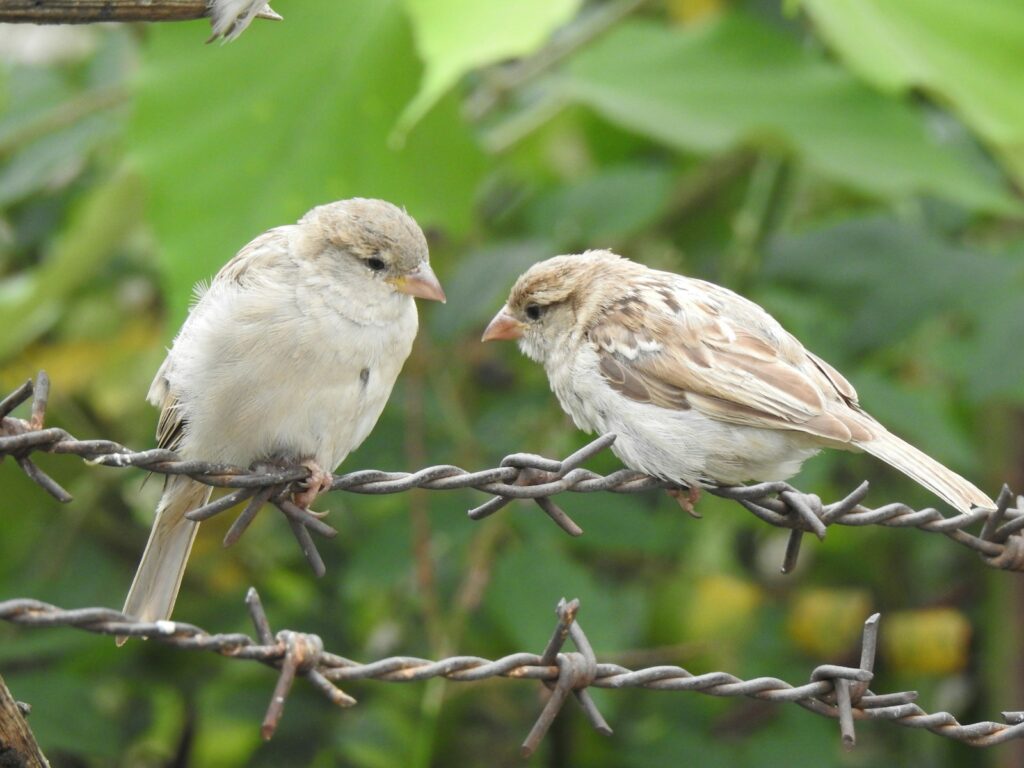
Bird coloration has evolved over millions of years to serve multiple communication functions that enhance survival and reproductive success. The stunning array of colors we see in birds today represents an evolutionary response to various selection pressures, including sexual selection, predator avoidance, and social signaling needs. Charles Darwin himself was fascinated by this phenomenon, particularly in how elaborate plumage often seemed counterintuitive to survival yet persisted throughout generations. Research has shown that birds with more effective color communication systems often enjoy advantages in mate selection and territorial defense, directly influencing their reproductive success. This evolutionary investment in visual signaling demonstrates how crucial non-vocal communication is in the avian world, where the right colors in the right pattern can make the difference between reproductive failure and success.
Structural Colors: Nature’s Living Optics
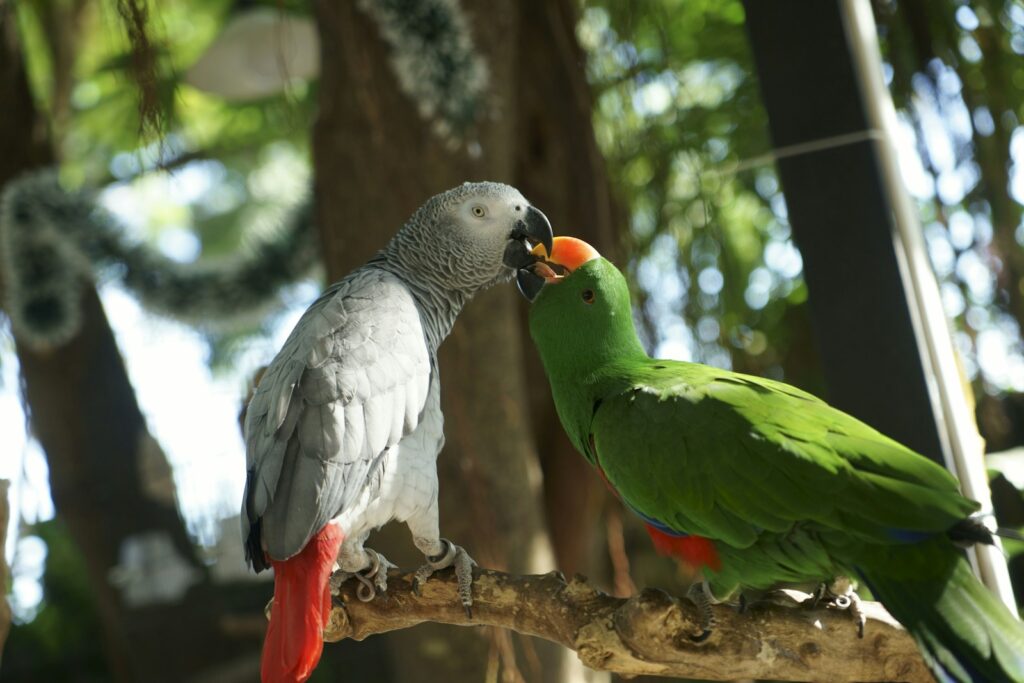
Unlike pigment-based colors that absorb and reflect specific wavelengths of light, structural colors in birds result from microscopic features that physically interact with light waves. The iridescent throat of a hummingbird or the shimmering blue of a Blue Jay’s feathers aren’t created by blue pigments but by nanoscale structures that scatter light in precise ways. These microscopic features—including tiny barbules, melanin layers, and air pockets—create interference patterns that produce colors that shift with viewing angle. Remarkably, these structural colors allow birds to display brilliant ultraviolet and iridescent signals that remain vivid throughout their lives without fading, unlike pigment-based colors. The microscopic precision of these feather structures represents one of nature’s most sophisticated optical systems, enabling birds to produce visual signals that would be impossible with pigments alone and expanding their communication palette into color spectrums humans cannot even perceive.
Sexual Signaling Through Vibrant Displays
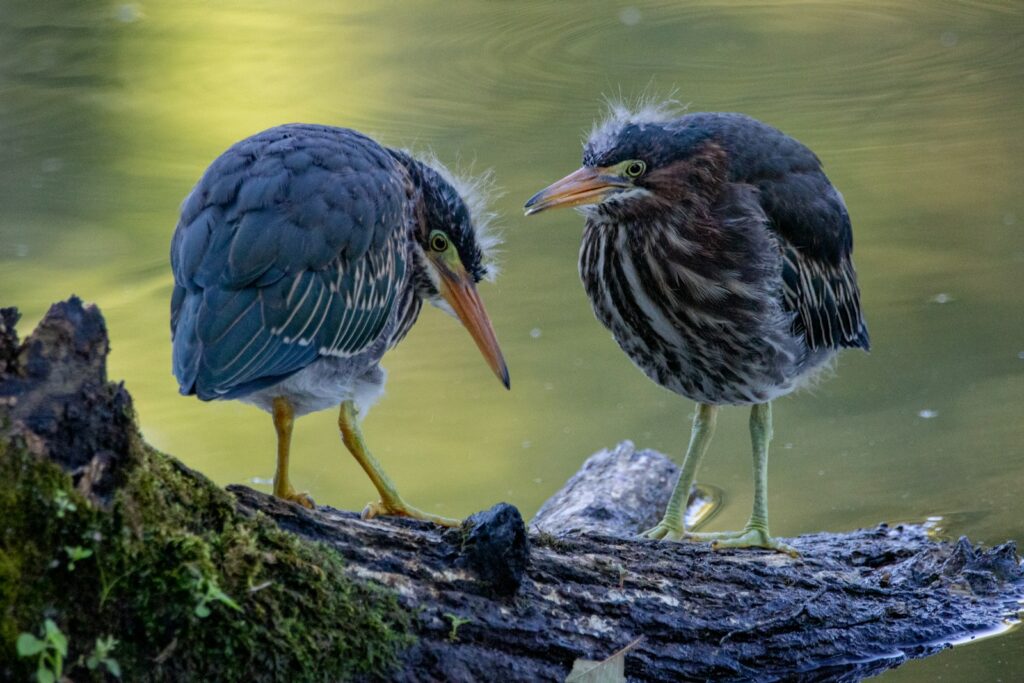
Perhaps the most dramatic use of color communication occurs during courtship, where brilliant plumage serves as an honest advertisement of a bird’s genetic quality and health status. The peacock’s extravagant tail display represents the pinnacle of this phenomenon, where males with the most symmetrical, vibrant patterns typically attract more mates by visually demonstrating their superior genes. Researchers have discovered that many female birds show measurable preferences for males with more colorful or elaborate plumage, suggesting an innate ability to assess genetic fitness through visual cues. In species like the painted bunting or wood duck, males maintain energetically expensive color displays that effectively communicate their ability to secure sufficient resources while avoiding predators. This silent sexual signaling system allows females to quickly assess dozens of potential mates without the males making a sound, efficiently identifying partners with the best genetic potential for their offspring.
Dominance Hierarchies and Status Signals
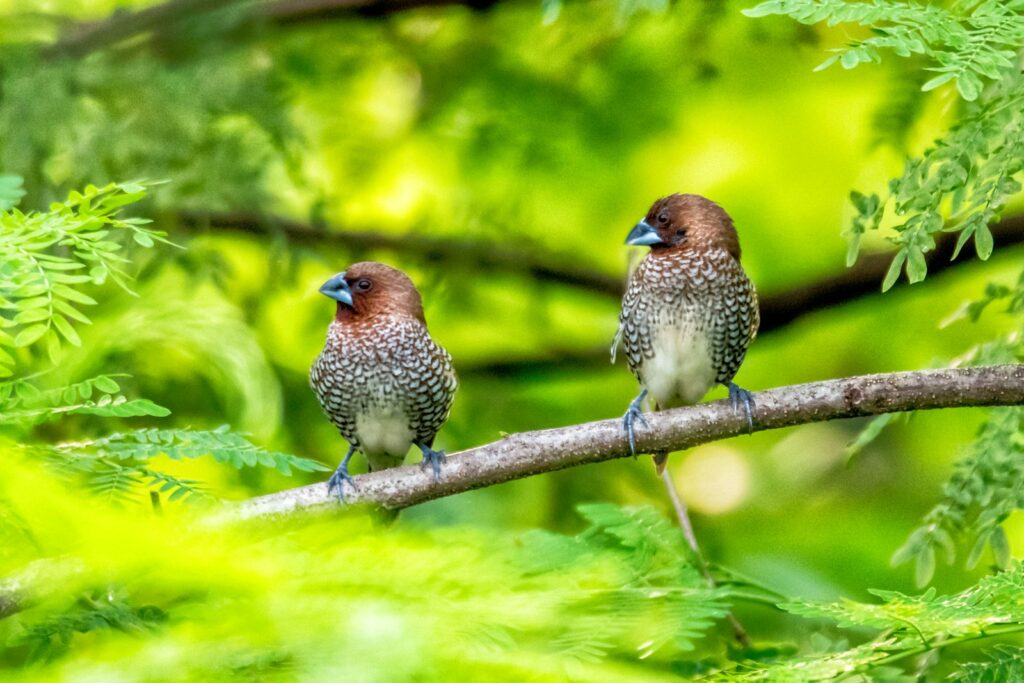
Within bird communities, color often serves as a visual shorthand for social status, reducing the need for potentially dangerous physical confrontations. House finches demonstrate this principle clearly, as males with brighter red plumage typically enjoy higher status in feeding hierarchies without having to constantly defend their position through aggressive interactions. In many bird species, the intensity or distribution of color patches correlates directly with an individual’s position in the social order, functioning as a “badge of status” that other birds can recognize instantly. Fascinating studies with paper wasps have shown that individuals can recognize and remember the unique facial color patterns of dozens of colony members, suggesting that similar sophisticated visual recognition systems likely exist in birds. These color-based status signals create social efficiency, allowing birds to navigate complex group dynamics without constant vocal or physical confrontations that would waste energy and potentially attract predators.
Warning Colorations: The Visual Alarm System
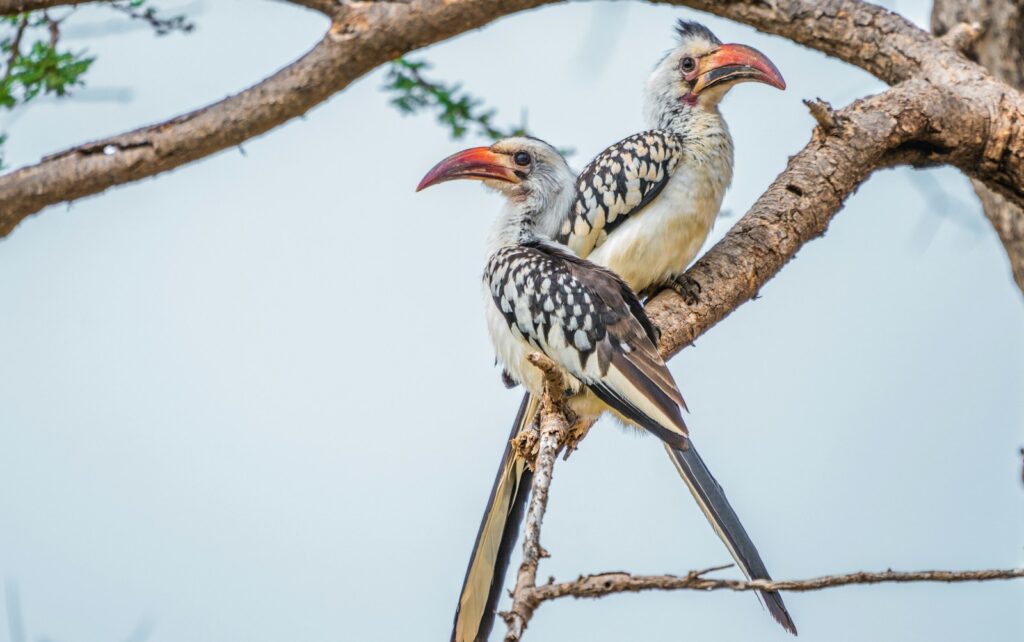
Some bird species employ bright, contrasting colors not to attract but to warn potential predators of their unpalatability or defensive capabilities. The bright red and black plumage of the scarlet tanager serves as a visual warning, effectively communicating to predators that this prey item might be toxic or otherwise dangerous to consume. This phenomenon, known as aposematic coloration, represents a form of interspecies visual communication that benefits both the bird and the predator by preventing wasteful and potentially harmful hunting attempts. Interestingly, some perfectly edible species have evolved to mimic the warning colors of their toxic counterparts, creating a form of visual deception that offers protection without the physiological cost of producing actual toxins. The effectiveness of warning coloration demonstrates how visual signals can transcend species boundaries, creating a common language that even predators from entirely different evolutionary lineages can understand and respond to appropriately.
Dynamic Color Changes for Real-Time Communication
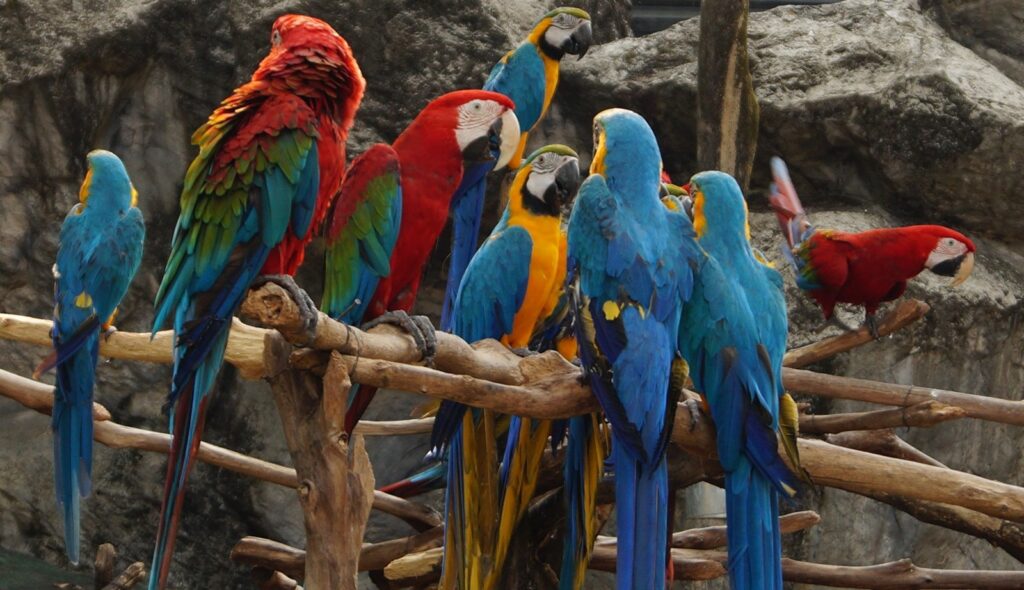
While feather colors typically change only during molting periods, some birds possess the remarkable ability to alter their displayed colors in real-time through controlled movements or physiological changes. Male frigatebirds can inflate their bright red throat pouches within seconds, creating a dramatic visual signal that communicates immediate mating readiness to females soaring overhead. The wild turkey can rapidly alter the coloration of its caruncles and wattles through changes in blood flow, shifting from pale pink to vibrant red when excited or establishing dominance. Some birds can even manipulate their feather positions to reveal or conceal color patches strategically, effectively “turning on” visual signals only when needed for specific communication purposes. These dynamic color changes allow for temporal precision in visual communication, enabling birds to create context-specific signals that convey information about their current state rather than just their overall quality or identity.
Ultraviolet Signaling: The Hidden Color Spectrum
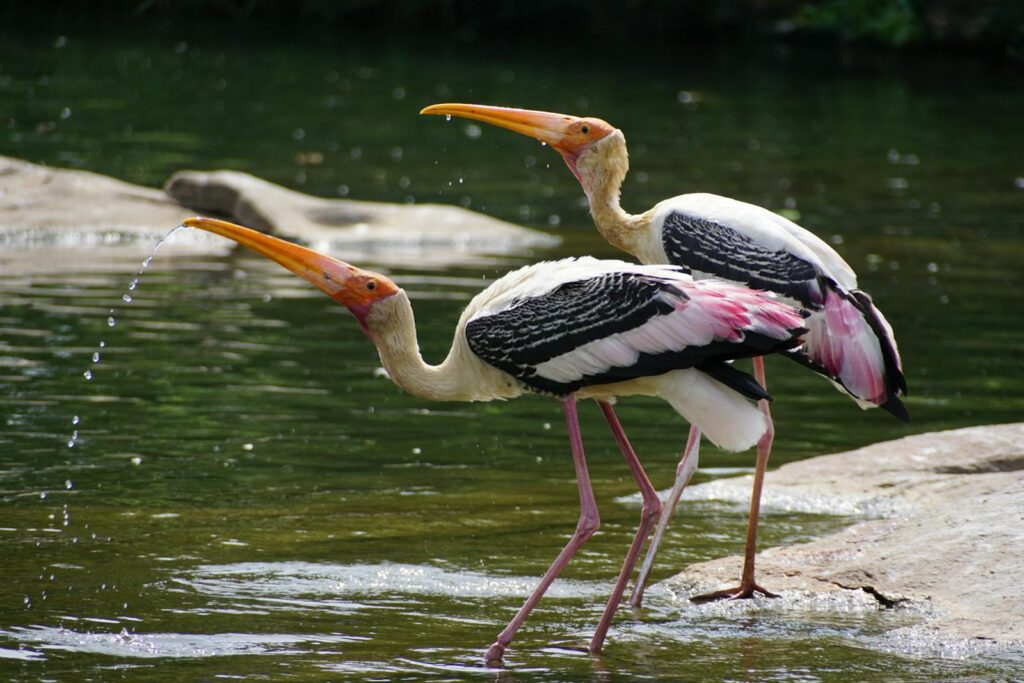
Birds perceive a broader color spectrum than humans, including ultraviolet wavelengths that are completely invisible to the human eye. Many seemingly plain-looking birds to human observers display elaborate ultraviolet patterns that serve as private communication channels among their species. The European blue tit, appearing uniformly blue-yellow to humans, actually displays complex UV patterns on its crown feathers that signal individual quality to potential mates who can perceive these hidden signals. Researchers using specialized UV photography have discovered that many birds previously thought to be sexually monomorphic (males and females looking identical) show dramatic differences in their UV color patterns. This secret visual language allows birds to communicate sensitive information like reproductive status or individual identity in a channel invisible to many predators, creating an evolutionary advantage through private signaling. The recent discovery of these UV communication systems has revolutionized our understanding of bird behavior, revealing complex social and sexual interactions that had remained hidden from human observation for centuries.
Territory Marking Through Visual Displays
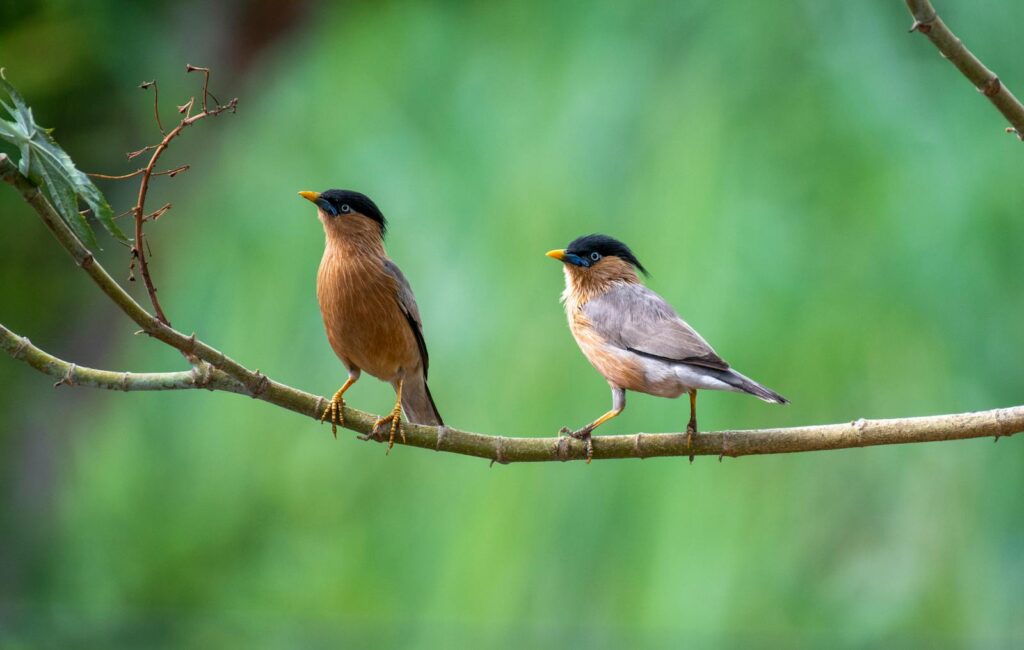
Many bird species use strategic color displays to establish and maintain territory boundaries without constant vocal challenges. The northern cardinal’s brilliant red plumage serves as a visual territory marker that can be spotted by rivals from considerable distances, efficiently communicating ownership claims across large areas. During territorial disputes, many birds enhance their visual presence by fluffing feathers or spreading wings to maximize the visibility of their color signals, creating an imposing visual presence that may deter rivals without physical confrontation. Research has shown that birds with more vibrant territorial color displays often maintain larger territories with less active defense, suggesting the effectiveness of these silent visual boundaries. This system allows birds to maintain territorial claims while conserving energy and reducing predation risk that would come with constant vocal declarations, demonstrating the efficiency of color-based territorial communication.
Seasonal Color Changes for Different Messages
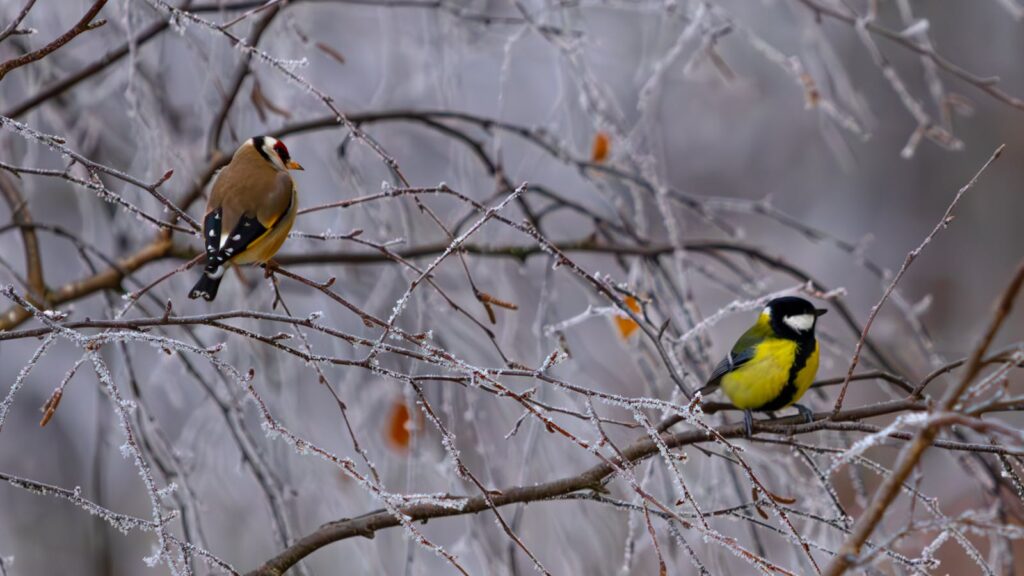
Many birds undergo dramatic color transformations between breeding and non-breeding seasons, effectively changing their visual communication strategy to match their current biological priorities. The American goldfinch transforms from brilliant yellow in summer to a subdued olive-brown in winter, shifting from competitive breeding signals to camouflage that prioritizes survival during resource-scarce months. These seasonal color changes often reflect shifts in hormonal states, with testosterone levels directly influencing the expression of carotenoid-based colors in many species during breeding seasons. Interestingly, the timing of these color changes can itself communicate valuable information about an individual bird’s health and physiological condition to potential mates and competitors. For migratory species, early color changes into breeding plumage can signal superior condition and earlier arrival at breeding grounds, creating a visual competitive advantage in the race for prime territories and mates.
Coordinated Group Signals Through Matching Colors
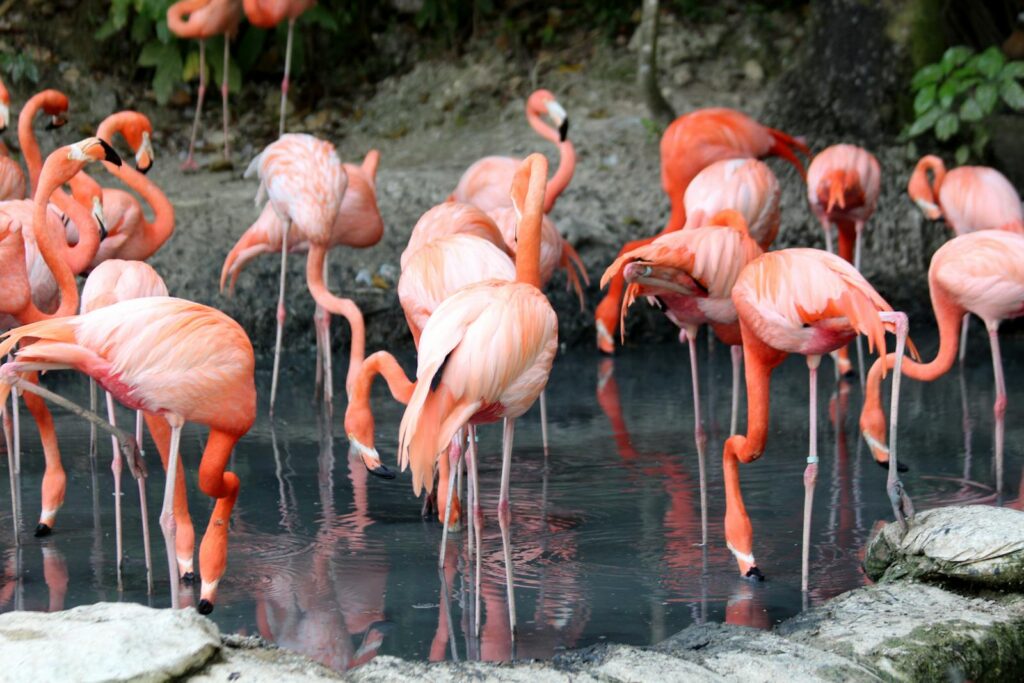
In highly social bird species, color patterns often serve as visual identification markers that help maintain group cohesion and communication. Flamingos acquire their pink coloration from carotenoid pigments in their diet, with colonies displaying remarkably consistent color intensities that signal group membership and health status across the flock. Studies have shown that birds can recognize dozens of individual group members partly through subtle variations in their species-typical coloration, allowing for sophisticated social interactions without vocal identification. In colonial nesting species, these shared color patterns help returning birds quickly locate their social group among thousands of similar individuals, creating efficient visual navigation systems for complex social environments. The coordination of coloration within groups demonstrates how visual signals can facilitate complex social structures and cooperative behaviors that would be difficult to maintain through vocal communication alone.
Color Patterns for Camouflage Communication
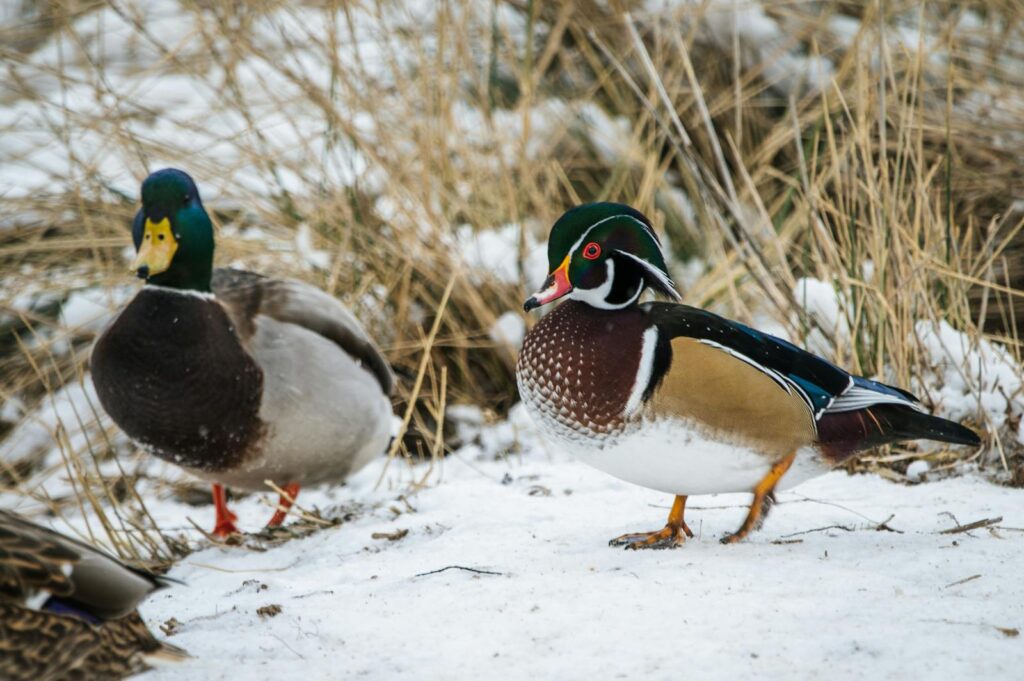
While bright colors attract attention, subtle color patterns can communicate through concealment, signaling a bird’s presence to mates while remaining invisible to predators. The female wood duck’s intricate feather patterns create effective camouflage at the nest, communicating her presence to her mate through specific visual cues that remain invisible to predators without the proper visual recognition system. Many ground-nesting birds possess remarkable cryptic coloration that allows them to silently signal position changes to partners during nest exchanges without revealing their location to nearby threats. The precision of these camouflage patterns represents a sophisticated form of selective communication, where the signal is visible only to the intended recipient with the right perceptual abilities and viewing angle. This form of highly targeted visual communication demonstrates how birds can maintain necessary social and reproductive coordination while minimizing predation risk through specialized color adaptations.
The Interplay Between Vocal and Visual Communication
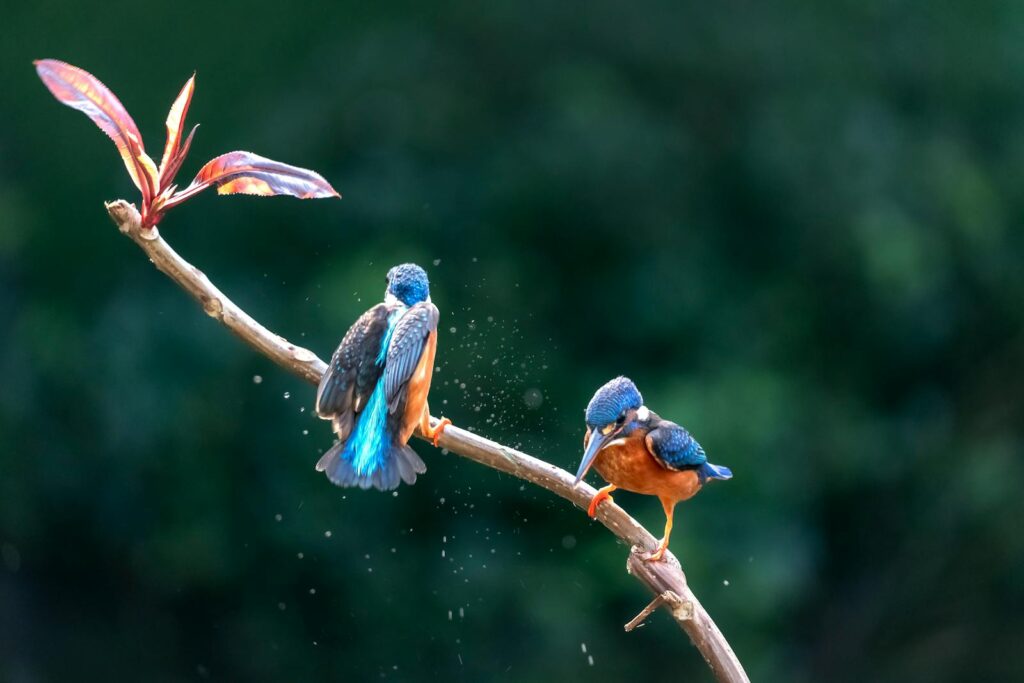
Birds rarely rely exclusively on either vocal or visual communication, instead employing sophisticated combinations of both channels to convey complex messages. During courtship displays, many species synchronize dramatic color presentations with specific song patterns, creating multimodal signals that provide redundant information through different sensory channels. Research has revealed that birds often increase their reliance on visual signals in noisy environments where acoustic communication becomes less effective, demonstrating flexibility in their communication strategies. In dawn chorus situations, where many birds vocalize simultaneously, distinctive color patterns help receiving birds correctly identify which individual is producing specific calls in visually complex environments. This integration of communication channels creates a rich signaling system that remains effective across varying environmental conditions, time of day, and social contexts, allowing birds to maintain communication even when one channel becomes compromised.
Human Applications and Conservation Implications
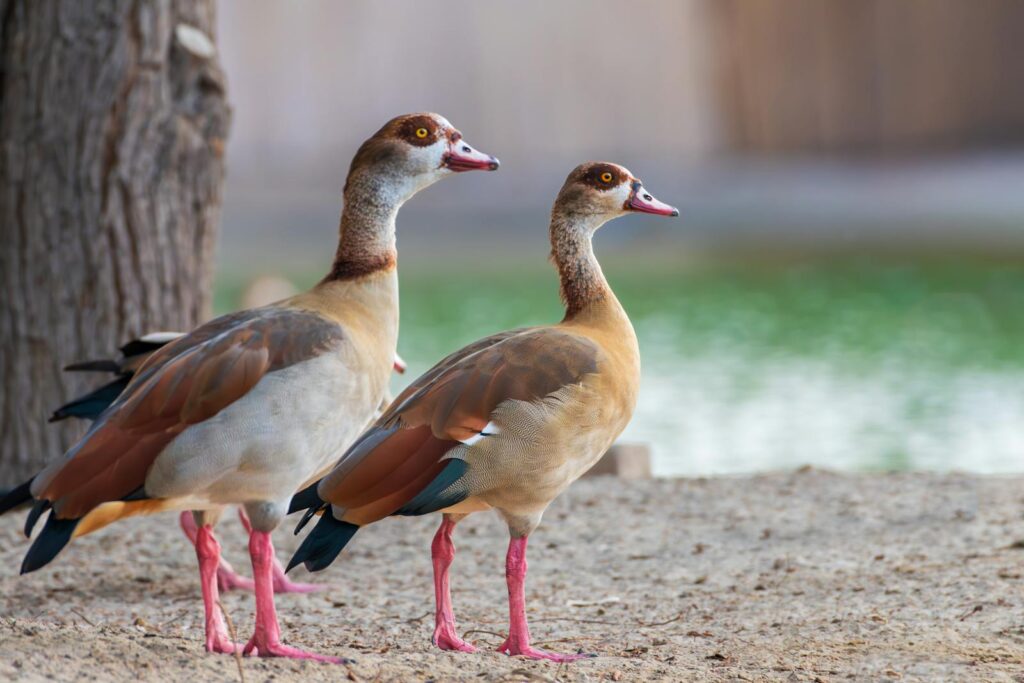
Understanding how birds communicate through color has significant implications for both conservation efforts and human technological development. Researchers studying bird color communication have developed new technologies for optical displays, including more efficient screens and paint formulations based on structural color principles observed in bird feathers. Conservation efforts increasingly consider the visual communication needs of endangered bird species, preserving not just habitat but the specific light conditions needed for their color signals to function effectively. Light pollution in urban environments can disrupt birds’ ability to accurately perceive color signals, potentially interfering with crucial behaviors like mate selection and territory establishment. By appreciating the sophisticated visual communication systems birds have evolved, we gain both technological inspiration and essential knowledge for protecting these remarkable species in an increasingly human-modified world.
Birds have evolved one of nature’s most sophisticated visual communication systems, using color to silently convey complex messages about identity, status, territory, and reproductive readiness. From the ultraviolet signals invisible to human eyes to the dynamic real-time color changes that signal immediate intentions, avian color communication demonstrates remarkable evolutionary refinement. These silent signals help birds navigate their social worlds efficiently, minimize predation risk, and maximize reproductive success without expending energy on constant vocalizations. As we continue to discover the intricate details of how birds perceive and produce these visual signals, we gain a deeper appreciation for the complex, non-vocal languages that fill the natural world—a reminder that communication in nature extends far beyond the sounds we can hear into the rich visual realm of color that surrounds us.
